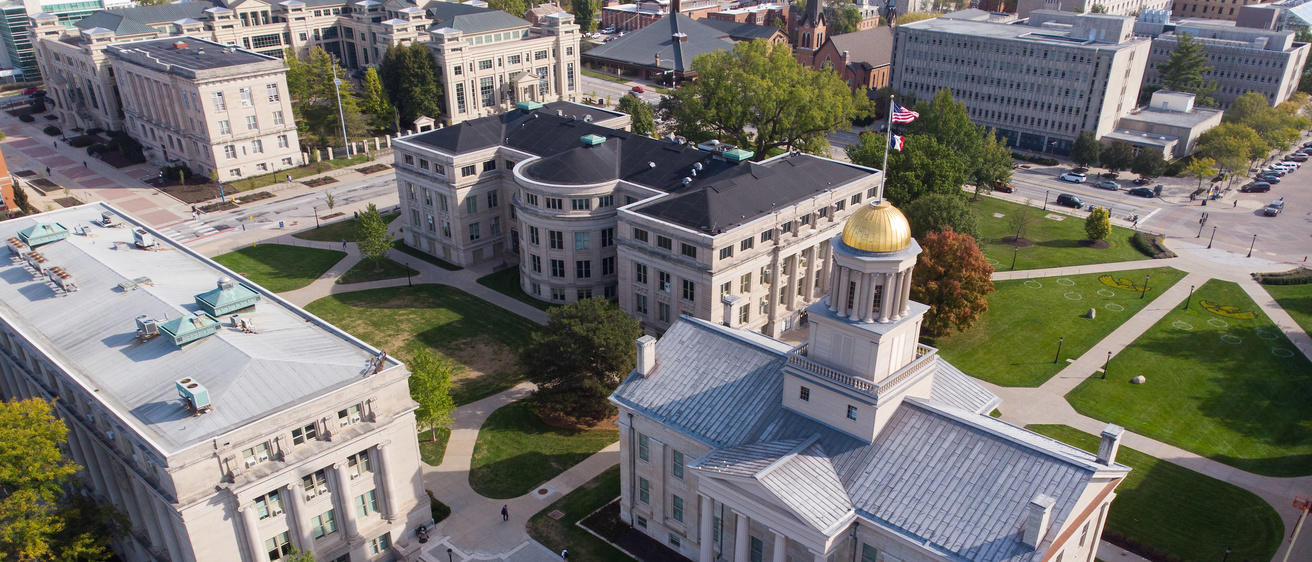FM Services Guide
The FM Services Guide gives a detailed overview of the various types and forms of services provided by Facilities Management. View the FM Services Guide for an overview of the Facilities Management organization, information on service delivery, an overview of services provided by FM, and more.
